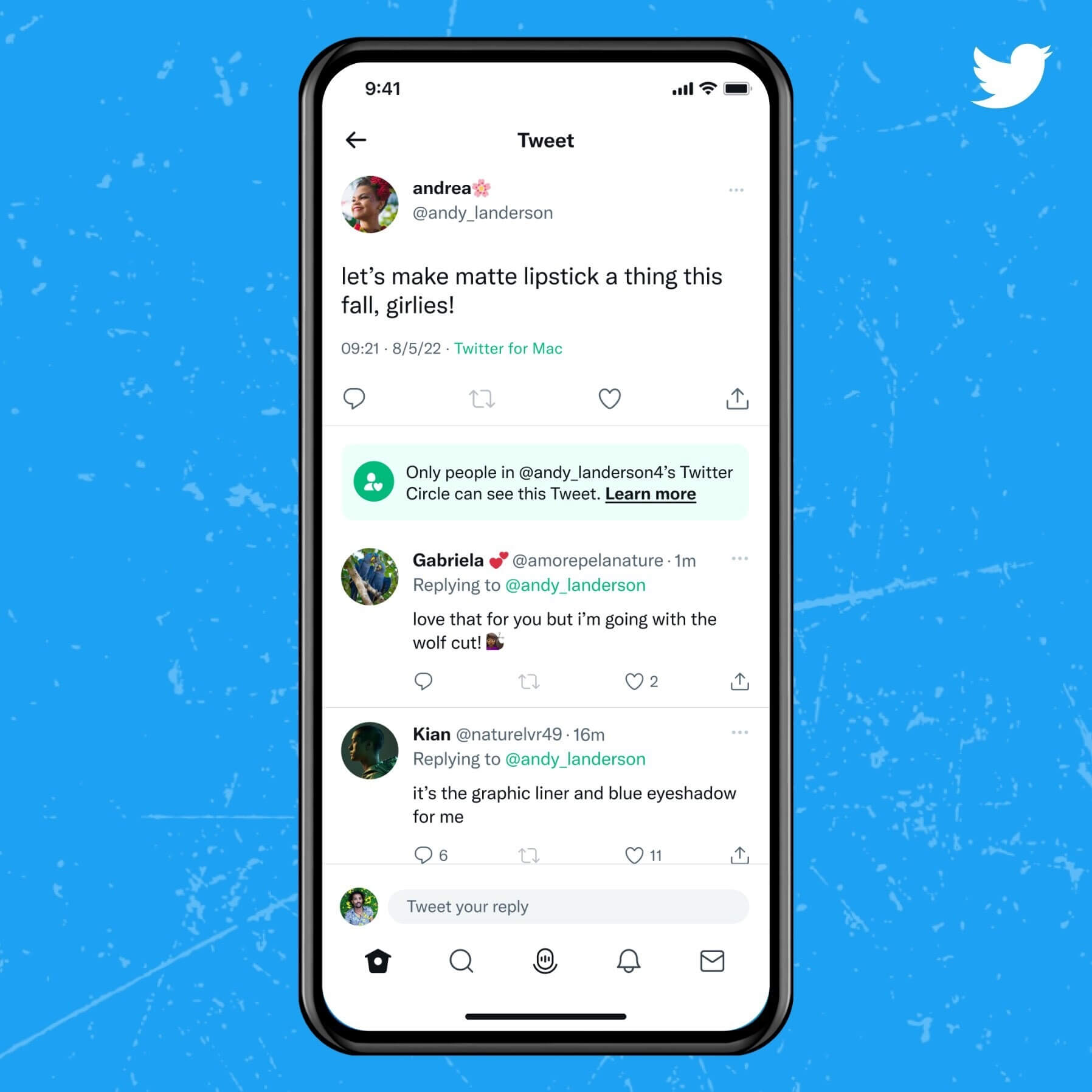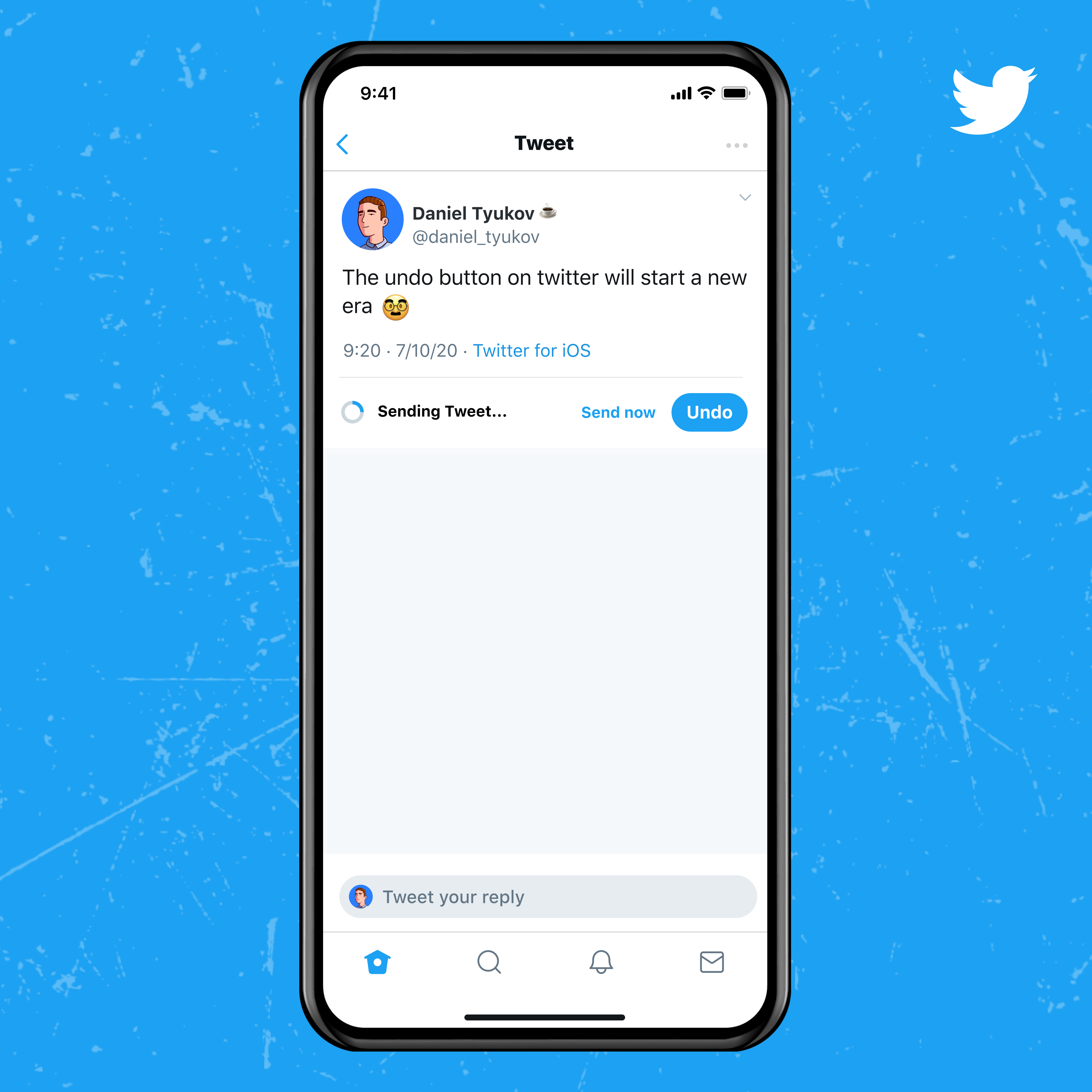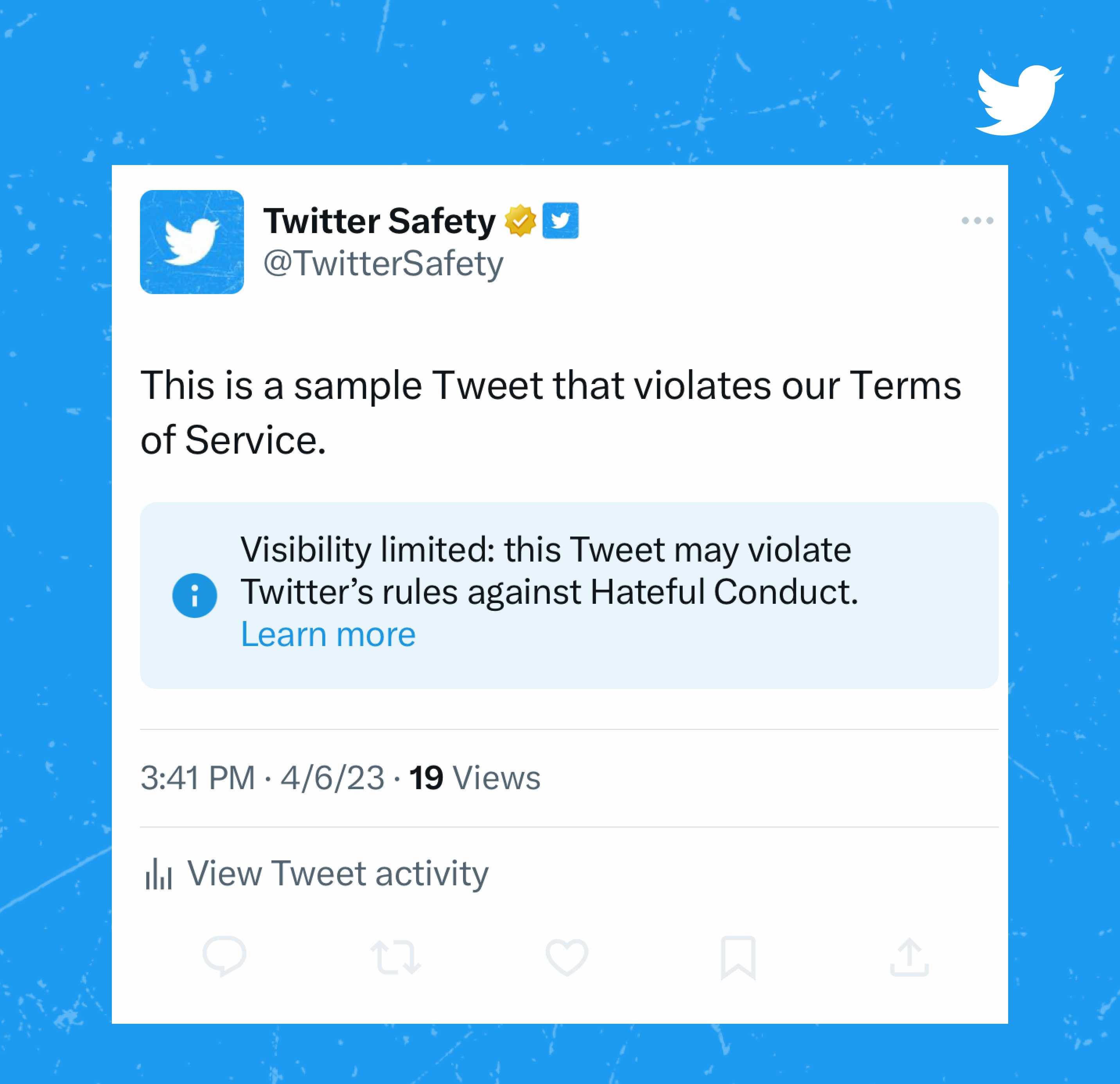TweetDeck - Your Social Media Control Center
For anyone spending time on social platforms, especially Twitter, keeping up with everything can feel like a lot to handle. It's almost like trying to follow many different conversations all at once, which can get a bit confusing, honestly. You might find yourself wanting a simpler way to keep track of what people are saying and to share your own thoughts without feeling overwhelmed.
This is where a very helpful tool steps in, something that brings all those separate streams of information into one easy-to-see place. It’s a bit like having a special command post for your Twitter activities, making it much simpler to see what's happening, reply to people, and get your own messages out there, all without jumping between countless tabs or screens, which is rather nice.
Many folks find that having a dedicated spot for their social interactions helps a great deal with staying organized and feeling more in control. It's about making your online experience less of a chore and more of a smooth process, so you can focus on the connections you're making and the information you're sharing, or perhaps just taking in.
Table of Contents
- What is TweetDeck, anyway?
- Why Might You Want to Use TweetDeck?
- Managing Your Posts with TweetDeck
- Staying Connected with TweetDeck
- What About Common Tech Concerns When Using TweetDeck?
- Dealing with Login Issues in TweetDeck
- TweetDeck and Computer Performance Notes
- How Can You Get Started with TweetDeck?
What is TweetDeck, anyway?
You might be asking yourself, what exactly is this thing called TweetDeck? Well, it's a special application, or you could say a kind of software program, that gives you a different way to look at and interact with Twitter. Instead of seeing just one long stream of messages, it lets you set up multiple columns, each showing something different. For example, you could have one column for your main timeline, another for messages sent directly to you, and yet another for certain topics you follow, which is pretty neat.
It's essentially a control panel for your Twitter life, giving you a more organized view of all the goings-on. People often use it because it helps them keep tabs on a lot of information at once, without feeling like they're missing anything important. It's a way to personalize your Twitter experience, making it work better for how you like to keep up with things, and that can make a big difference.
- Mill And Mine
- Polly Princess
- Landmark Pasadena Playhouse
- Marcus La Crosse Cinema
- Anteater Recreation Center
Think of it like having several TV screens in front of you, each showing a different channel, but all related to Twitter. You can see your mentions, your direct messages, trending topics, or even specific lists of people all at the same time. This kind of setup can be really helpful for folks who use Twitter a lot, whether for personal reasons or for something like work, so it tends to be a popular choice for many.
Why Might You Want to Use TweetDeck?
There are quite a few reasons why someone might choose to use TweetDeck over the regular Twitter website or app. One big reason is simply the ability to see more information at once. If you follow a lot of people, or many different subjects, the standard view can feel a bit cluttered, or you might miss things that matter to you, in a way. This tool helps you sort through all that noise.
Another benefit is how it helps with managing multiple accounts. Some people have a personal Twitter account and another for a business or a hobby. Switching back and forth can be a bit of a hassle. With TweetDeck, you can manage several accounts from one place, which really simplifies things. You can even post from different accounts without having to log out and log back in each time, which is very convenient.
It also offers some useful tools for posting messages. You can write out your thoughts and then choose when they actually go live. For instance, if you write a message at night but want it to appear in the morning, you can schedule it. This is very handy for planning out your social media activity, ensuring your messages reach people at the best times, or just giving you a chance to think things over, as a matter of fact. This is similar to how sometimes, not every message someone writes goes out immediately, because they might want to save it for later or perhaps rethink it at some point, which is something TweetDeck can help with.
Managing Your Posts with TweetDeck
When it comes to putting your thoughts out there, TweetDeck gives you a bit more control over the process. You can draft your messages and then decide exactly when they become visible to others. This means you don't have to hit "send" right away if you're not quite ready, which is rather helpful. It gives you the chance to refine your words or wait for a specific moment.
For instance, if you're working on something and a good idea for a message pops into your head, you can write it down in TweetDeck. But you don't have to publish it right then and there. You might decide to save it for a few hours, or even a few days. This is pretty much like that situation where someone writes a message but it doesn't go out at the exact moment it's written, because they want to hold onto it for later or maybe give it another thought before sharing. TweetDeck provides the space to do just that, allowing for a more thoughtful approach to your online contributions.
This scheduling ability is especially good for people who manage social media for organizations or businesses. They can plan out a whole week's worth of messages and set them to go out automatically. It saves time and makes sure that content is shared consistently, without someone having to be at their computer at a particular time. It's about being prepared and organized with your online presence, which is usually a good thing.
Staying Connected with TweetDeck
Beyond just sending out your own thoughts, TweetDeck is quite good at helping you keep up with what others are saying and doing. You can set up columns to follow specific conversations or even just to see messages from a particular group of people. This means you can stay connected to the topics and individuals that matter most to you, without having to search around for them, which is very useful.
Imagine you have a hobby, like gardening, and you want to see all the messages about it. You could create a column in TweetDeck just for that. Or, if you have a group of friends you like to keep up with, you could make a list of them and have a column showing only their messages. This makes it much easier to feel like you're part of the conversation and to respond to people in a timely way, as a matter of fact.
It also helps with seeing direct messages and mentions more clearly. Sometimes, in the regular view, these can get lost in the shuffle. With TweetDeck, you can have dedicated columns for these, so you're less likely to miss an important message or a reply someone sent to you. This kind of organization really helps people feel more responsive and connected to their online community, which is pretty much the point of social media, anyway.
What About Common Tech Concerns When Using TweetDeck?
Even with a helpful tool like TweetDeck, sometimes general computer issues can pop up. It's just a part of using technology, really. You might find yourself dealing with things that aren't directly about TweetDeck itself, but affect your overall experience. It's worth thinking about some of these common concerns and how they might relate to using any online service, including TweetDeck, so you're a bit more prepared.
For example, people sometimes experience problems with their computer's sound. Someone might be on a call with friends using a voice chat program, and suddenly, the sounds from their computer, like music from a video site or a streaming service, are also being heard by everyone else. This kind of issue isn't specific to TweetDeck, but it's a common computer annoyance that can interrupt your flow, even if you're just trying to post a quick message or check your feeds. It shows how general computer settings can impact your online activities, in some respects.
Another general point is about how your computer runs. People sometimes wonder if their machine is capable enough for certain tasks, like running specific programs or playing games. They might ask about things like how many ohms their motherboard has, or if their computer can handle certain high-quality headphones. While TweetDeck itself isn't usually very demanding on your computer's resources, having a machine that runs smoothly generally makes any online activity, including managing your social media, a much more pleasant experience, which is fairly obvious.
Dealing with Login Issues in TweetDeck
One of the most frustrating things that can happen when trying to use any online service, including TweetDeck, is when you suddenly can't get into your account. It's a very common problem, and it can be quite annoying. Someone might find they've been logged out without warning, and then when they try to get back in, the system says their username and password don't match, even after checking it several times.
This sort of thing can happen for a few reasons. Sometimes it's a simple typo, though often people are very careful and still run into it. Other times, it might be an issue with the service itself, or perhaps a temporary problem with your internet connection. It’s the kind of thing that makes you feel a bit stuck, especially when you're trying to quickly check your messages or post something important on TweetDeck.
When you encounter login difficulties with TweetDeck, or any service for that matter, it's usually a good idea to double-check your credentials very carefully. Make sure you're using the correct username and the exact password. If that doesn't work, sometimes clearing your browser's history or trying a different web browser can help. These are general steps for many online login problems, and they can often resolve the issue, allowing you to get back into your TweetDeck account and continue your work, or just your casual browsing, in a way.
TweetDeck and Computer Performance Notes
The way your computer performs can sometimes affect your experience with any web-based application, and TweetDeck is no different. If your computer is running slowly for other reasons, that might make TweetDeck feel a little sluggish too. This isn't usually because TweetDeck itself is demanding, but rather a symptom of a broader computer issue, which is something to keep in mind.
For example, some people might run into situations where a website just won't load, or it takes a very long time. Someone might report that a site like twitter.com can't be reached because it took too long to respond. This kind of problem is usually about your internet connection or the website's servers, not about TweetDeck specifically. However, if your internet is slow, or if the main Twitter service is having problems, then TweetDeck will naturally be affected, since it relies on those connections to show you information, so that's pretty clear.
It's also worth noting that while TweetDeck is generally quite efficient, having too many columns open, or running many other demanding programs at the same time, could potentially slow things down a little. Just like with any software, giving your computer enough breathing room helps everything run more smoothly. Thinking about your computer's general health and how many things it's trying to do at once can help ensure your TweetDeck experience is a good one, which is just good practice for any online tool, honestly.
How Can You Get Started with TweetDeck?
If you're thinking about giving TweetDeck a try, getting started is usually pretty straightforward. You just need a Twitter account, and then you can access TweetDeck through a web browser. It's not a separate program you have to download and install on your computer, which makes it very accessible for most people. You simply go to the website, log in with your Twitter details, and you're more or less ready to go.
Once you're in, you'll see a basic setup, and from there, you can start adding your own columns. You can add columns for your home feed, notifications, direct messages, or even specific searches. It's quite flexible, allowing you to customize your view to exactly what you want to keep an eye on. This ability to personalize your dashboard is one of the main reasons people find TweetDeck so useful, as a matter of fact.
Don't be afraid to experiment with the different column types and settings. You can arrange them however you like, and you can always remove or add columns as your needs change. It’s about finding a setup that works best for how you use Twitter, making your online interactions feel more organized and less like a constant scramble to keep up. It's a tool that can truly change how you see and use the platform, potentially making your social media time a lot more productive and pleasant, which is a pretty good outcome.
This article has explored TweetDeck, a helpful tool for managing your Twitter experience. We looked at what TweetDeck is, why someone might choose to use it, and how it can assist with organizing your posts and staying connected. We also touched upon some common computer concerns that users might encounter while using any online service, including TweetDeck, such as login difficulties and general computer performance considerations. Finally, we discussed how simple it is to get started with TweetDeck and begin customizing your view of the Twitter world.
- Regal Hyattsville Royale
- Brickhouse Nutrition
- Newport Vineyards
- Club Wyndham Royal Garden At Waikiki
- Island 16 Holtsville

All of Twitter’s Latest Features and how Businesses Use Them

Introducing Twitter Blue - Twitter's first-ever subscription offering

Twitter는 이제 증오 트윗을 억제할 때 알려줍니다 - Crast.net